I’ve been getting a number of emails from people, as a result of the Council adopting a moratorium on new firearm stores in San Carlos, that assert, as a simple fact, that the 2nd Amendment forbids the regulation of firearms. Here’s an example of one of the more creative and humorous ones:
2A means Govt can regulate guns? (subject line)
Are you REALLY this stupid?



This kind of knee-jerk reaction ignores an underappreciated, but critical, insight into our legal system: the correct answer to any legal, let alone Constitutional, question is…it depends. On all the facts and circumstances and text of Supreme Court opinions, not just ones that are cherry-picked[1].
This is not some “oh, liberals are always interpreting the Constitution and the law to fit whatever answer they want” perspective. As Antonin Scalia wrote, in the Heller decision, which raised the 2nd Amendment to a “fundamental right” like the 1st Amendment (emphasis added):
There seems to us no doubt, on the basis of both text and history, that the Second Amendment conferred an individual right to keep and bear arms. Of course the right was not unlimited, just as the First Amendment’s right of free speech was not, see, e.g., United States v. Williams, 553 U. S. (2008). Thus, we do not read the Second Amendment to protect the right of citizens to carry arms for any sort of confrontation, just as we do not read the First Amendment to protect the right of citizens to speak for any purpose.
Later in the Heller decision, Scalia went on to say (emphasis added):
Like most rights, the right secured by the Second Amendment is not unlimited. From Blackstone through the 19th-century cases, commentators and courts routinely explained that the right was not a right to keep and carry any weapon whatsoever in any manner whatsoever and for whatever purpose. See, e.g., Sheldon, in 5 Blume 346; Rawle 123; Pomeroy 152–153; Abbott 333. For example, the majority of the 19th-century courts to consider the question held that prohibitions on carrying concealed weapons were lawful under the Second Amendment or state analogues. See, e.g., State v. Chandler, 5 La. Ann., at 489–490; Nunn v. State, 1 Ga., at 251; see generally 2Kent *340, n. 2; The American Students’ Blackstone 84, n. 11 (G. Chase ed. 1884).
Although we do not undertake an exhaustive historical analysis today of the full scope of the Second Amendment, nothing in our opinion should be taken to cast doubt on longstanding prohibitions on the possession of firearms by felons and the mentally ill, or laws forbidding the carrying of firearms in sensitive places such as schools and government buildings, or laws imposing conditions and qualifications on the commercial sale of arms.
We also recognize another important limitation on the right to keep and carry arms. Miller said, as we have explained, that the sorts of weapons protected were those “in common use at the time.” 307 U. S., at 179. We think that limitation is fairly supported by the historical tradition of prohibiting the carrying of “dangerous and unusual weapons.” See 4 Blackstone 148–149 (1769); 3 B. Wilson,Works of the Honourable James Wilson 79 (1804); J.Dunlap, The New-York Justice 8 (1815); C. Humphreys, A Compendium of the Common Law in Force in Kentucky482 (1822); 1 W. Russell, A Treatise on Crimes and Indictable Misdemeanors 271–272 (1831); H. Stephen, Summary of the Criminal Law 48 (1840); E. Lewis, An Abridgment of the Criminal Law of the United States 64 (1847); F.Wharton, A Treatise on the Criminal Law of the United States 726 (1852). See also State v. Langford, 10 N. C. 381, 383–384 (1824); O’Neill v. State, 16 Ala. 65, 67 (1849); English v. State, 35 Tex. 473, 476 (1871); State v. Lanier, 71 N. C. 288, 289 (1874).
It may be objected that if weapons that are most useful in military service—M-16 rifles and the like—may be banned, then the Second Amendment right is completely detached from the prefatory clause. But as we have said, the conception of the militia at the time of the Second Amendment’s ratification was the body of all citizens capable of military service, who would bring the sorts of lawful weapons that they possessed at home to militia duty. It may well be true today that a militia, to be as effective as militias in the 18th century, would require sophisticated arms that are highly unusual in society at large. Indeed, it may be true that no amount of small arms could be useful against modern-day bombers and tanks. But the fact that modern developments have limited the degree of fit between the prefatory clause and the protected right cannot change our interpretation of the right.
Lest anyone think Scalia meant, in cataloging examples of where communities have a Constitutional right to regulate firearms, for his list to be exhaustive, he added this as a footnote (emphasis added):
We identify these presumptively lawful regulatory measures only as examples; our list does not purport to be exhaustive.
What this means is that communities, acting through their governments, have the Constitutional right to regulate firearms. They just have to be very careful, and judicious, in how they do it, because the 2nd Amendment confers a fundamental right to keep and bear arms.
If Antonin Scalia, one of the most conservative judges to sit on the Supreme Court in decades, thinks communities have a Constitutional right to regulate firearms, then it must be so.

If it’s good enough for Antonin, it’s good enough for me.
1 I realize I, too, am reproducing only parts of the Heller decision. I encourage you to go read the whole thing. While I disagreed with Scalia on far more than I agreed, I often read his opinions because he was one smart dude. They also tend to be easily accessible, as he was a good writer/editor.

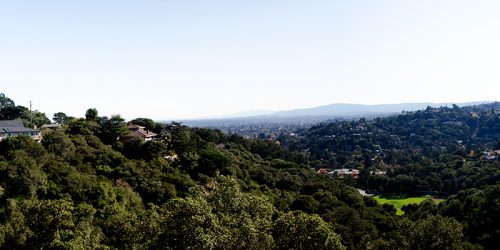
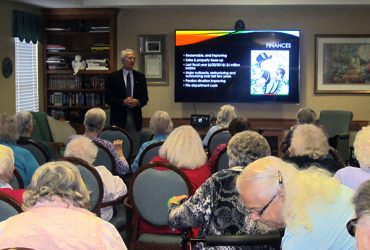
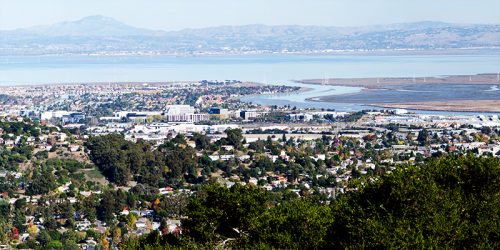
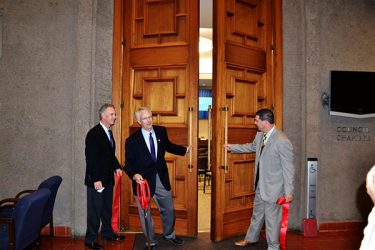
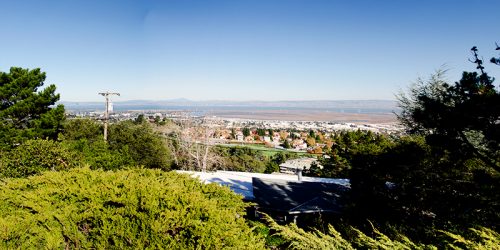

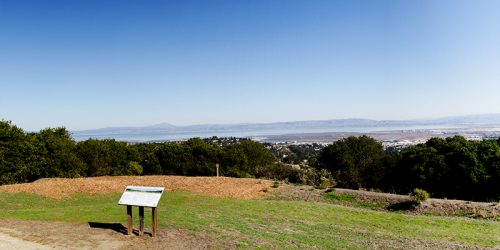
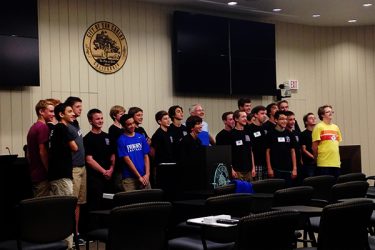
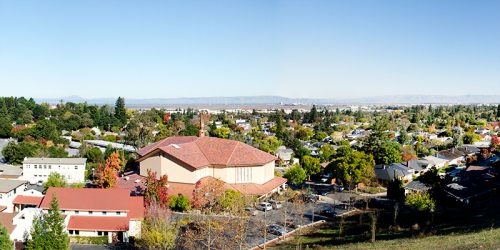

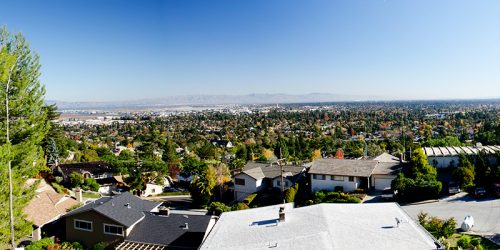
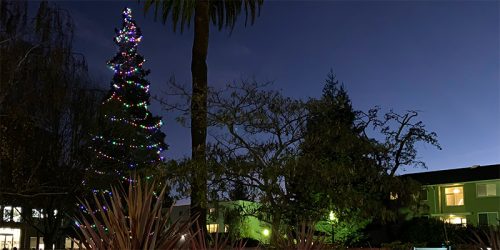
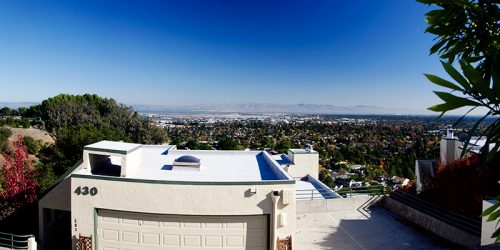
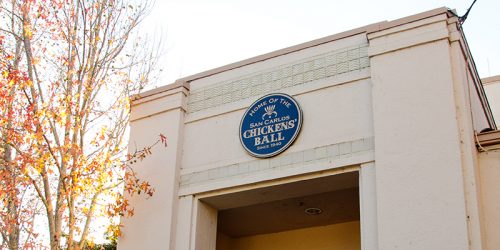
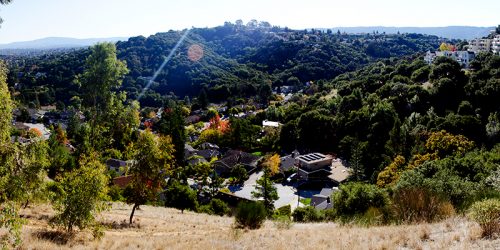
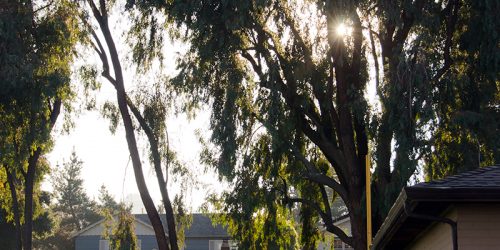
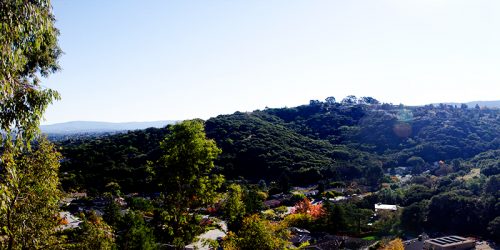

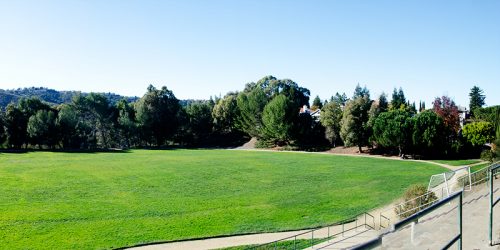






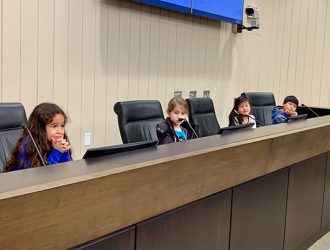


3 thoughts on “The 2nd Amendment Does Not Prevent Firearm Regulation”
Dear Councilmember Mark,
I admire your willingness to dig into complex issues for understanding and clarity, and for persevering in the face of personal attacks. Keep going!
Your Constituent,
Eva
It is nice you cite a kinds of court cases, however I’d like to know where in the Constitution you think it allows government to regulate arms.
“A well regulated militia, being necessary to the security of a free state, the right of the people to keep and bear arms, shall not be infringed.”
“Shall Not Be Infringed” is very clear and just because it has been Infringed buy government doesn’t mean that was the Framers original intent.
A fair question, David. But not one where the answer fits well with a comment. So I wrote a separate piece on it, which you can find at http://104.168.220.233/council/public_html/2017/11/25/the-fundamentalist-constitutional-perspective/.